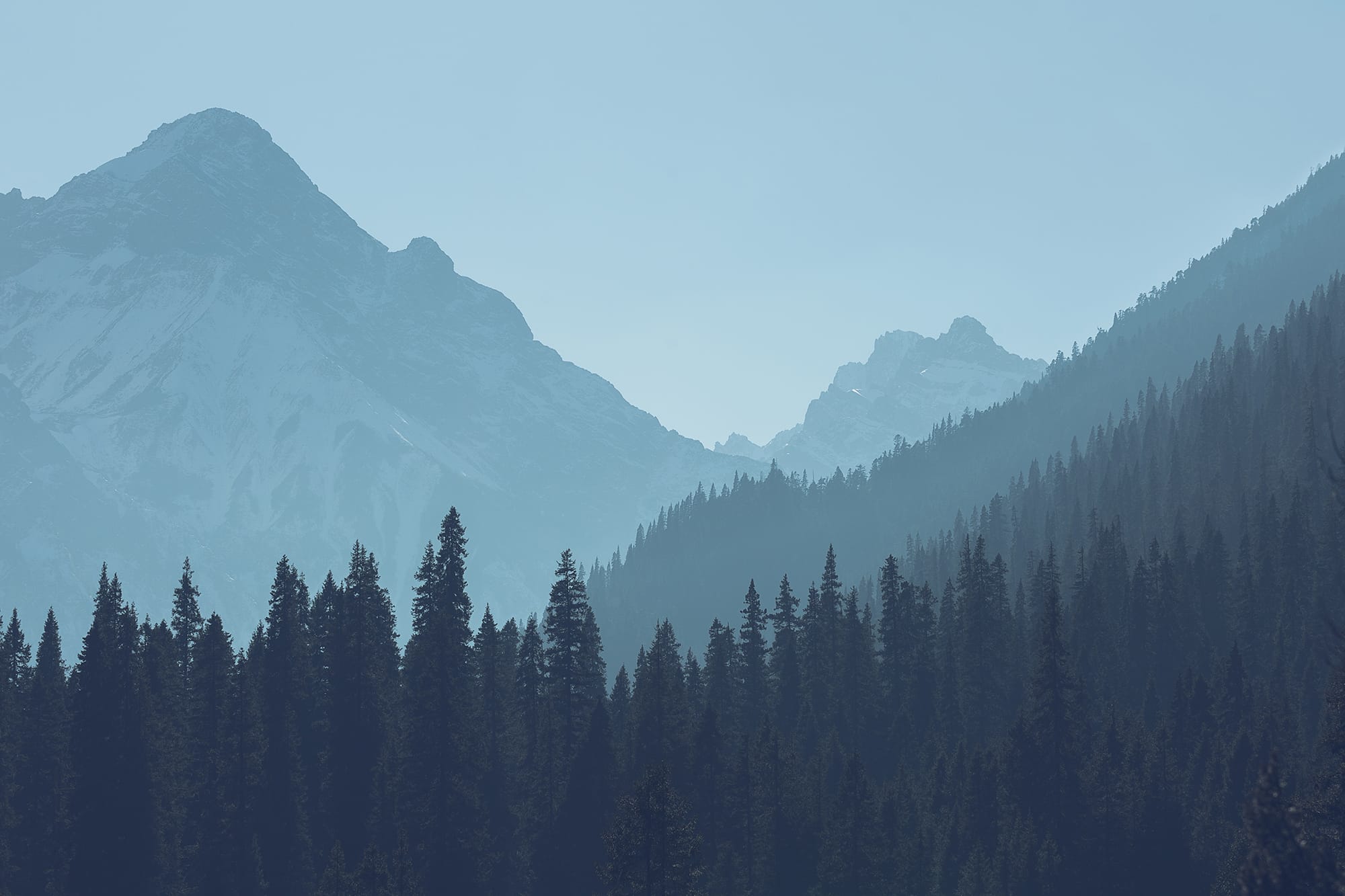
Nature Unbound
What Gray Wolves, Monarch Butterflies, and Giant Sequoias Tell Us about Borders and Biodiversity
In 2015, the massive influx of Syrian migrants—fleeing civil war and a global warming-induced drought—caused many European countries to close their borders. Slovenia, for example, constructed a razor-wire security fence along its 670-kilometer-long border with Croatia. Newspaper-ran images of lifeless red deer, after becoming entangled in coils of wire, alerted conservationists to join other protesters in contesting the barrier on both humanitarian and environmental grounds. Before the Dinaric Mountains were fenced, scientists had documented with GPS technologies the spatial extent to which brown bears, gray wolves, and Eurasian lynx regularly crossed the Slovenia-Croatia border. They demanded the fence come down. A similar story of suffering and death at border walls could be told about Central American refugees and transnational species on the United States-Mexico divide.
At the same moment when borders should be most open and porous for facilitating climate change adaptation, they are closing and hardening. When the Berlin Wall fell in 1989 (around when I was born), there were 15 border barriers worldwide; now there are 77 of them. Conservation biologists have been promoting unified transboundary management and celebrating localized examples of fence removal, but the global trend has been for an unprecedented increase in barriers preventing wildlife from moving across international borders.
Why do people of different nationalities and their respective governments cooperate, or not, when it comes to managing transborder ecologies? This question becomes increasingly important as many species of wildlife move across international lines to adapt to a warming world. Although scientists, most notably biologist E.O. Wilson in Half-Earth, have recommended expanding or connecting protected areas with habitat corridors in order to halt the sixth mass extinction, slight historical work has investigated how biological organisms—in this case, gray wolves, monarch butterflies, and giant sequoias—challenged the traditional boundaries of parks and preserves, forcing people to alter conservation policies and practices to accommodate these newfound geographies.
My current project places the scientific and societal movements for large landscape conservation in time and space to contextualize the future trajectories of current environmental policies during an era of rising nationalism. We face a stark choice: solidarity across borders or extinction of species.
You must be logged in to post a comment.